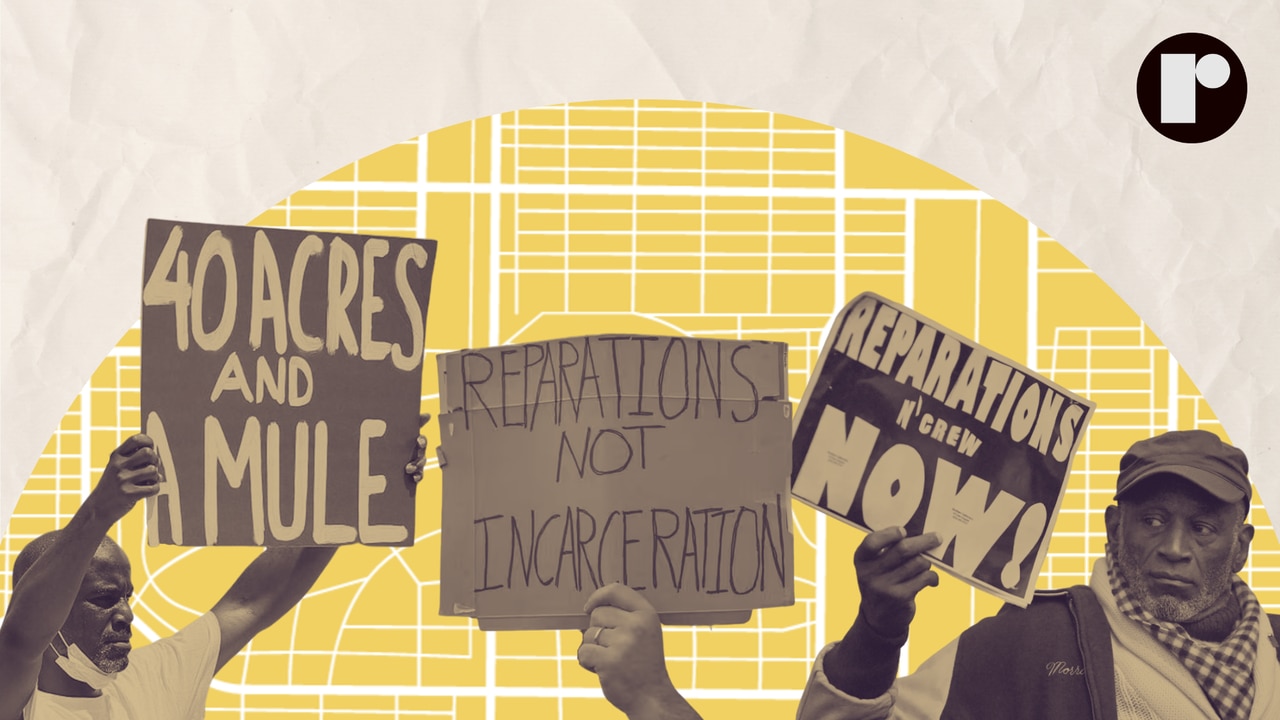The current U.S. reparations movement appears to be getting some legs.
Recently, New York City Mayor Eric Adams expressed support for legislation that would offer Black New Yorkers repayment related to American slavery.
In June, California Gov. Gavin Newsom received the final report and recommendations from the state’s Reparations Task Force, for his review. In August the City of Evanston, Illinois’s Reparations Committee announced that it had disbursed just over $1 million in reparations through the Local Reparations Restorative Housing Program.
The community empowerment organization, Black Voters Matter, launched a new initiative in June awarding nearly $150K in grants to local grassroots groups under the Black Reparations Fund initiative. Not to mention the various universities such as Georgetown and other colleges around the nation now pushing for reparations to address their histories with financial repayments.
Reparations advocates say the idea is simple. In the same way civil lawsuits make reparation for damages suffered, such as lost wages, interest, pain and suffering, reparations would repay the debt the United States owes to Black Americans for ripping their ancestors from their homelands and into chattel slavery.
That debt remains unpaid, however.
Thomas Craemer, a professor of public policy at the University of Connecticut who has studied reparations for decades, tells Reckon that in early discussions about the abolition of slavery there was always the assumption that emancipation would be compensated. But, he adds, “the compensation would go to the former slave owners rather than the formerly enslaved.”
The genesis of the reparations movement was born out of Special Field Order No. 15, issued in 1865 by General William T. Sherman. The plan was to redistribute about 400,000 acres of confiscated federal land into 40-acre sections among thousands of freedmen and women “so that each family shall have a plot of not more than (40) forty acres of…
Read the full article here

Leave a Reply